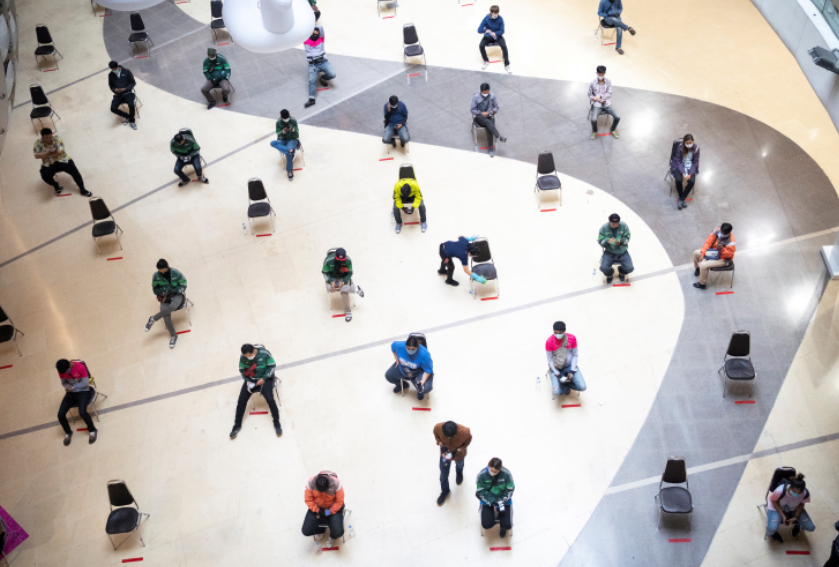
Engineers from MIT trained an AI that will accurately calculate the spread of COVID-19, taking into consideration how social distancing and quarantine orders and other standard epidemiology parameters from different governments were handled.
The AI predicted that sometime next week, the US and Italy coronavirus cases may begin to level off. It is good news, but it might not be a good idea for the US to reopen soon. Relaxing quarantine measures too soon will be catastrophic for the country.
AI's accurate prediction of COVID-19's spread
MIT engineers trained the AI on data ranging from January through early March and matched it's predictions for April with actual statistics to ensure the model was capable of producing accurate results.
According to the team's research paper, they focused their data on Wuhan, Italy, South Korea and the United States of America. Then compared the role played by quarantine and isolation measures in each of the countries in controlling the spread of the virus.
Their results showed that those countries which immediately implemented interventions and strict public health measures for quarantine and isolation were successful in ending the spread of infection and prevent it from exploding exponentially.
This proves that the machine was able to predict accurately the curve in all countries it had data for.
Furthermore, the data also indicates that "a halting of infections" around April 20 will be experienced by the epicenter of the pandemic, the United States. But this does not mean that the government should relax its implementation on quarantine and social distancing yet.
This means that social distancing and the quarantine measures are working and maybe even better than experts ever thought.
Read also: NIH Wants 10,000 Volunteers to Study the Pervasiveness of Coronavirus in the US: How to Qualify?
Catastrophic implications for lifting social distancing too soon
Although the AI predicted a positive outlook of the pattern of the virus' spread, experts advised that relaxing quarantine measures will lead to an exponential explosion in the infected case count. Efforts and all measures implemented in the US since mid-March this year might all go to waste and we are back to square one.
Singapore managed to completely flatten the curve because of its efforts in implementing quarantine measures and social distancing rule. However, an ill-advised return to business as usual, caused a massive resurgence of COVID-19 cases in the country.
If the United States ever decides to lift social distancing rules soon, what happened to Singapore might also happen to them.
According to a report from Huff Post, the virus is "moderately infectious" and there are some people who are silent carriers of the virus. Limiting the number of contacts any individual has will limit the spread of the virus as well.
The rate of infection largely depends on the city's population density like New York City. The more dense the population is, the more possibility the more contacts the individual has and the higher possibility they will transmit the virus to others. Therefore, the higher possibility or resurgence as well.
© 2025 ScienceTimes.com All rights reserved. Do not reproduce without permission. The window to the world of Science Times.











